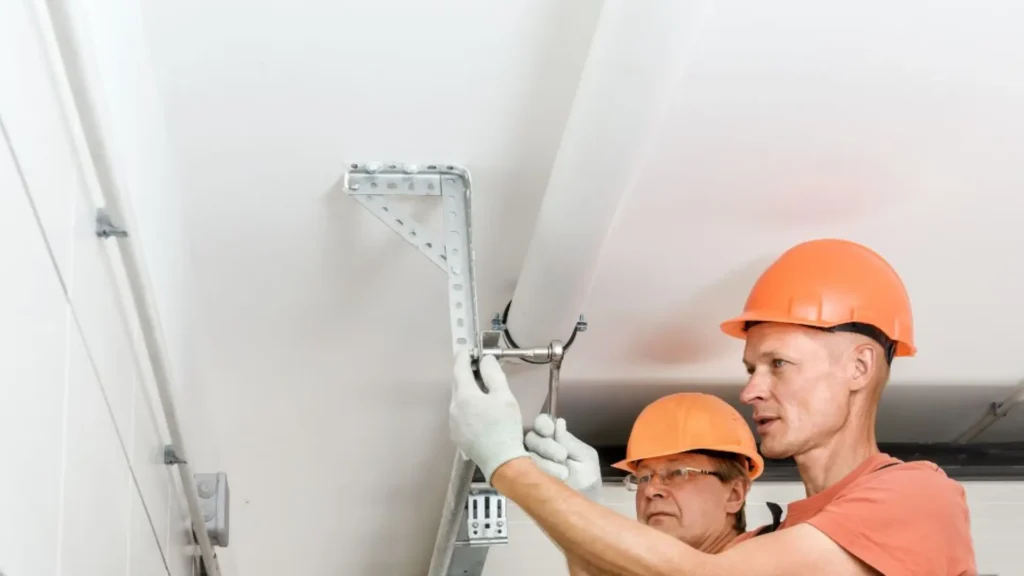Garage door springs replacement is a critical task that requires precision and care. Whether you are a DIY enthusiast or hiring a professional, understanding the process and avoiding common mistakes can save time and money. Here are expert tips to ensure a successful garage door springs replacement.
Understanding the Types of Garage Door Springs
Before beginning the replacement process, it’s essential to know the type of springs your garage door uses. There are two main types: torsion springs and extension springs. Torsion springs are located above the garage door and provide more balanced lifting power. Extension springs, found on the sides of the door, stretch and contract to lift the door. Identifying the correct type ensures you purchase the right springs and follow the appropriate replacement procedures.
Ensuring Safety First
Safety is paramount when replacing garage door springs. These components are under high tension and can cause serious injuries if not handled correctly. Always disconnect the garage door opener to prevent accidental operation. Wear safety goggles and gloves to protect against potential snap-back. Use a sturdy ladder and ensure it is placed on a stable surface. If you are unsure about any part of the process, consider hiring a professional to avoid accidents.
Using the Right Tools
Having the correct tools is crucial for a successful garage door springs replacement. For torsion springs, you will need winding bars to adjust the tension safely. Other necessary tools include a socket wrench set, adjustable wrench, pliers, and a C-clamp. Using improper tools can lead to incorrect installation and potential damage to the garage door system. Ensure you have all the required tools before starting the replacement.
Following the Proper Procedure
Replacing garage door springs involves several detailed steps. For torsion springs, begin by loosening the set screws and unwinding the springs using the winding bars. Carefully remove the old springs and install the new ones, winding them to the correct tension. For extension springs, disconnect the safety cables and remove the old springs, replacing them with new ones and reattaching the safety cables. Always follow the manufacturer’s instructions specific to your garage door model to ensure accurate installation.
Successful garage door springs replacement involves understanding the types of springs, prioritizing safety, using the right tools, and following the correct procedures. Whether you tackle the job yourself or hire a professional, these tips can help you avoid common pitfalls and ensure a smooth, safe replacement process.
Learn more:
Signs Your Garage Door Springs Need Replacement: A Detailed Homeowner’s Guide
Why Replacing Your Garage Door Springs Is Essential for Home Security and Smooth Operation

